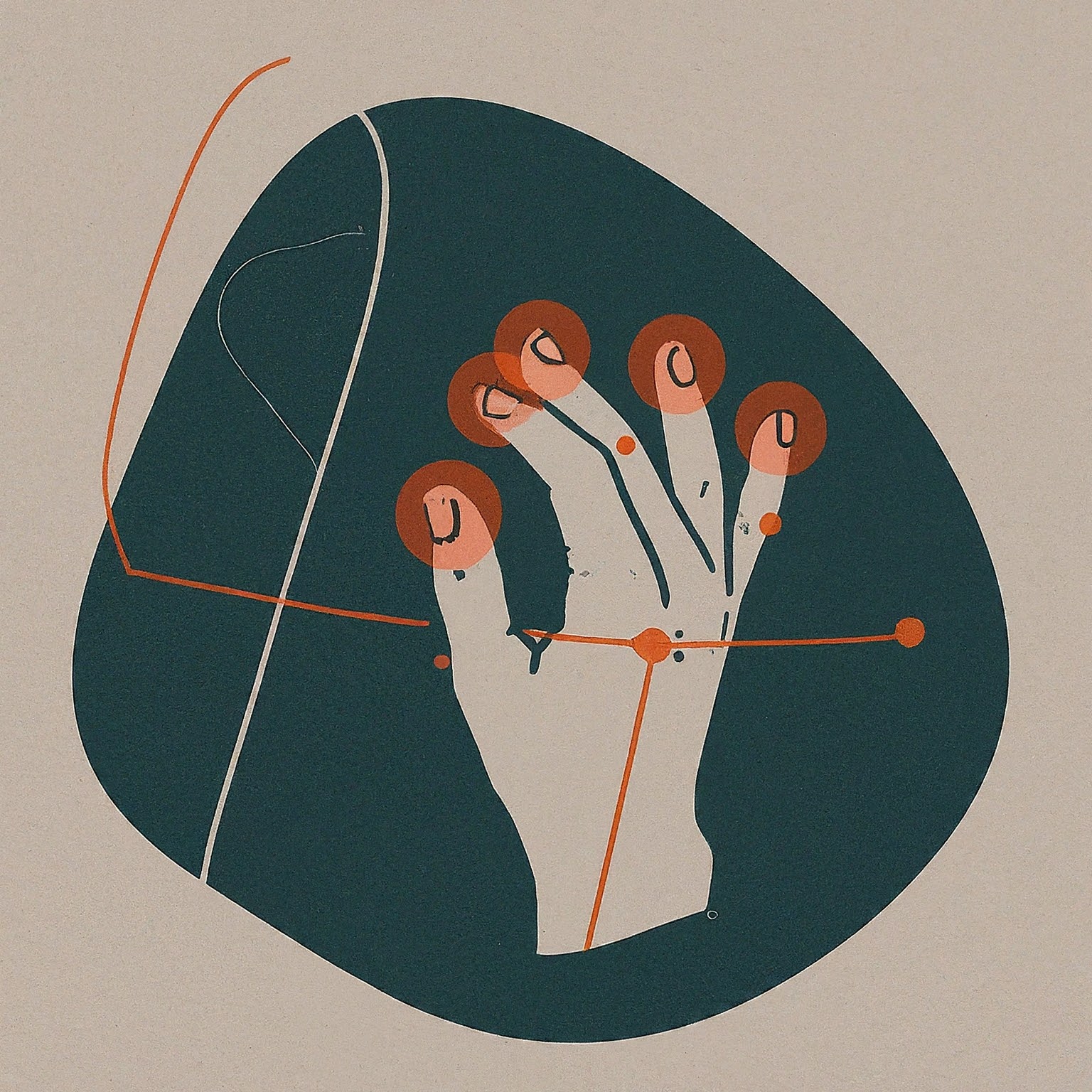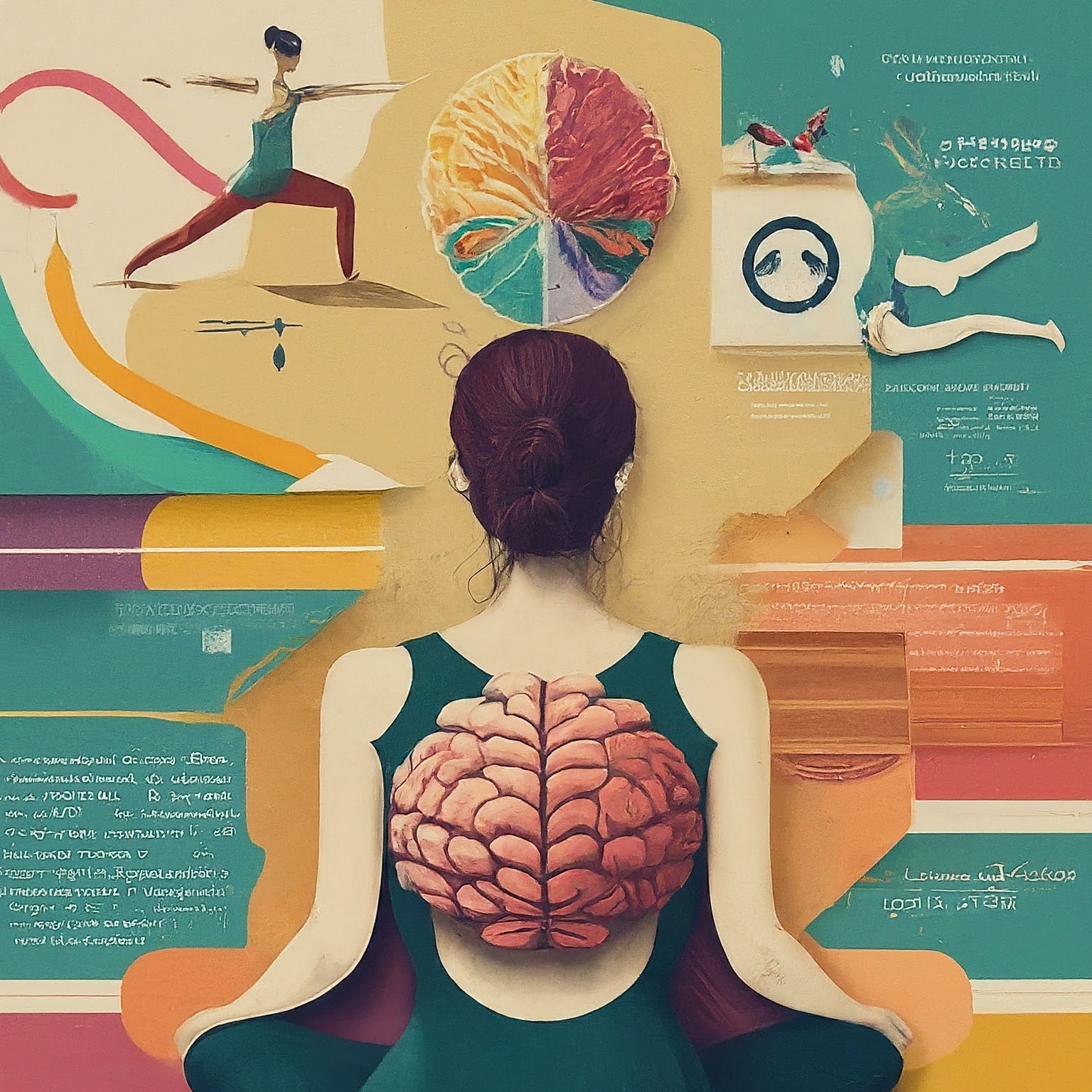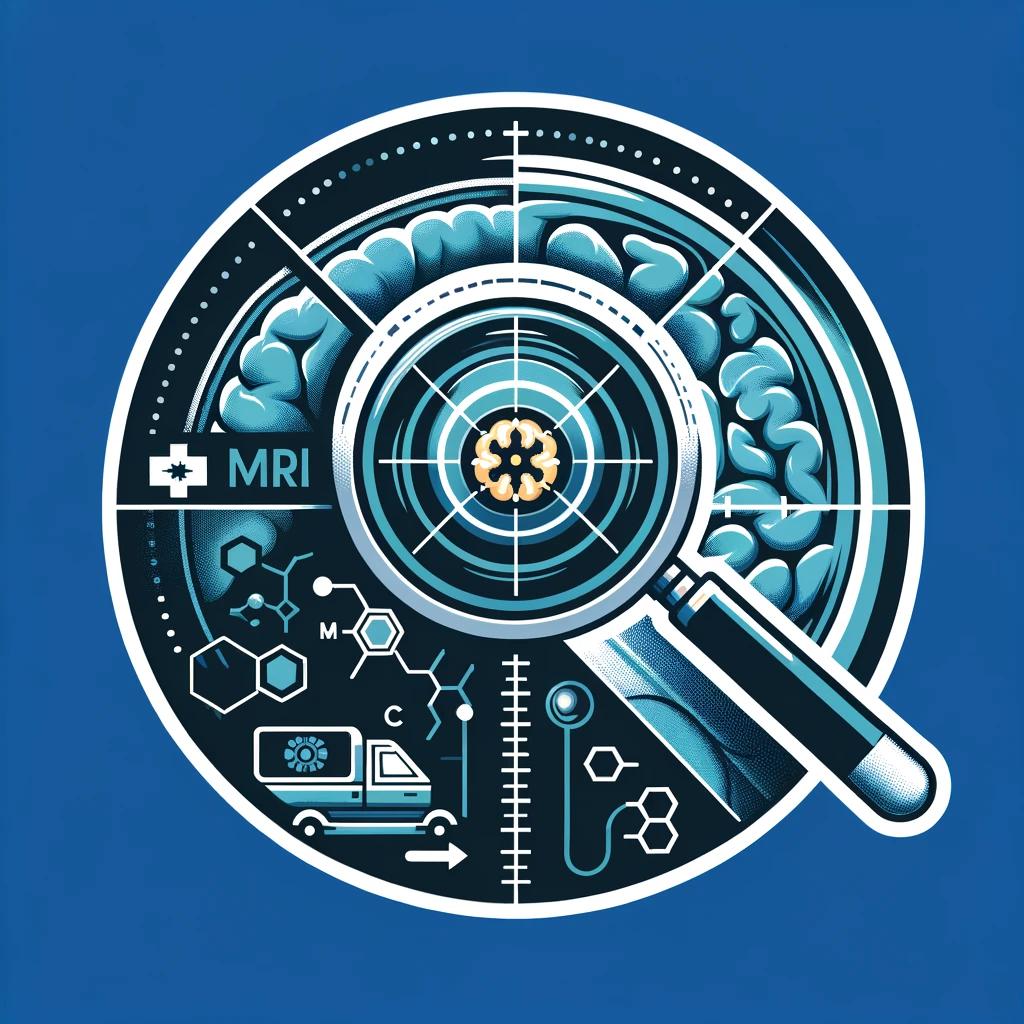Table of Contents

Introduction
The Hand Gesture Recognition System represents a significant step forward in human-computer interaction. By combining computer vision with machine learning, we've created a system that can interpret hand gestures in real-time, opening up new possibilities for touchless interfaces and interactive applications.
Technical Architecture
Hand Detection System
The core of our system relies on MediaPipe's hand landmark detection, which provides:
- 21 3D landmarks per hand
- Real-time processing capabilities
- Robust detection across different lighting conditions
- Multi-hand tracking support
Gesture Recognition
Our gesture recognition pipeline involves:
- Feature extraction from hand landmarks
- Custom neural network for gesture classification
- Real-time prediction system
- Gesture smoothing algorithms
GUI Integration
The system integrates with graphical interfaces through:
- Custom event system for gesture triggers
- Mapping gestures to GUI controls
- Real-time feedback visualization
- Configurable gesture-action mappings
Implementation Details
The implementation focuses on efficiency and accuracy:
- Python for rapid prototyping and development
- OpenCV for image processing and visualization
- TensorFlow for machine learning models
- Custom optimization techniques for real-time performance
Challenges and Solutions
During development, we encountered and solved several challenges:
- Reducing latency through pipeline optimization
- Improving accuracy with data augmentation
- Handling varying lighting conditions
- Managing system resources efficiently
Results and Performance
The system achieves impressive results:
- 98% accuracy in gesture recognition
- Less than 100ms processing latency
- Support for 10+ distinct gestures
- Robust performance across different users
Future Work
Future improvements will focus on:
- Expanding the gesture library
- Implementing dynamic gesture recognition
- Improving 3D gesture support
- Reducing computational requirements


